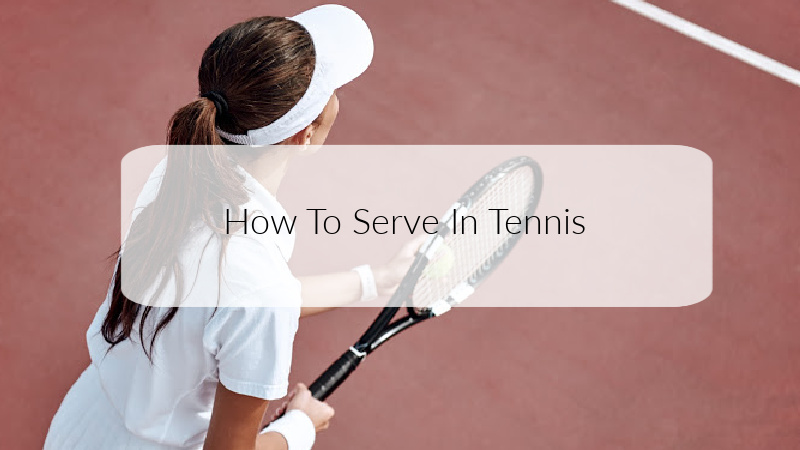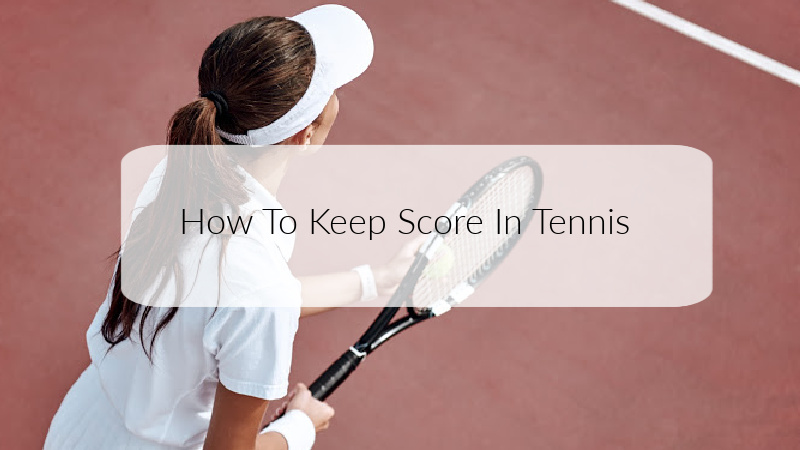Whether it’s on clay, grass or traditional surfaces, everyone knows that a good serve is the difference between winning or losing a tennis match.
Like with anything new, getting the technique down can be confusing. Try to think back to the first time you tried to ride a bike or drive a car. Nod your head if there was a moment or two where you were ready to give up. It’s the same with a tennis serve. We suggest beginning with the basic steps, of which there are five, and then moving onto more advanced techniques.
- The Grip
If you happen to watch any of the pros playing you will notice the majority use a specific grip. It’s called the continental grip and is the most natural of all. It’s fairly easy, once you know how. Imagine shaking hands with the racket, while your non-dominant hand holds it by the ‘throat’. If that doesn’t feel right try the ‘hammer’ grip, which is holding the racket as if you have a hammer and are about to hit a nail.
The continental grip is used to serve, slice, hit forehand and backhand volleys and overheads or smashes, giving you the spin and power you need. If you use a forehand grip for serving you’ll get the power you’re after but you’ll lose control and accuracy.
Another reason to achieve this type of grip is because of pronation and supination, two actions that add extra power, control, and spin to your serve. If you’re not using the continental grip, supination and pronation won’t happen naturally.
- The Ball Toss
While the ball toss should be a simple and straightforward action of the serve, it’s what causes the majority of tennis players the most frustration. Watching amateurs and pros serve, we’ve noticed those who toss the ball about 4-6” higher than the point of contact have more control.
The players who struggle are the ones who toss the ball too high. Throwing it too high above your head breaks the momentum of what should be a fluid motion. It really is as simple as that. Your aim is to achieve a steady down/up action and make sure the ball is thrown no higher than 6 inches above the point of contact.
To hold the ball correctly, make sure you’re holding it in your fingers, not your fingertips and not in the palm of your hand. Release the ball when your hand reaches your head.
- The Trophy Position
The trophy position or the serve power position is what will take your serve from good to great. If you’re able to master this position, you’ll master the perfect serve. We suggest you start practicing this position once you feel confident with the grip and the throw.
There are a few essential elements with the trophy position:
- Make sure your back shoulder is positioned lower than the front
- Ensure the racket tip is positioned upwards
- Your ball-tossing arm (in motion) is what will keep your body balanced
- Your knees must be bent
- Supination and Pronation
While pronation and supination might sound technical, they’re two actions that will come naturally if you’re using the continental grip.
Supination happens just before contact with the forearm if you’re relaxed and have the correct grip. The more supination prior to hitting the ball the more pronation takes place. How much supination prior to hitting the ball is up to you. Some players will use very little, while others, like Pete Sampras, used as much as possible to be able to generate more ‘whip’. To check if you’re supinating make sure the palm of the hand and the strings are facing to the left side of the court.
Pronation naturally begins when your palm opens up towards the ball and carries on up until your palm and strings are facing the right side of the tennis court.
- The Follow-Through or Finish
Your body should be at its most relaxed when you’re serving and finishing off the serve. Everything should happen naturally, even the slowing down of your arm and body. A sudden stop will result in stress on the elbow, shoulder and wrist, leading to serious injury in the long run.
A really good way to make sure your finish is as natural as possible (and to get you pumped up) is to think of your racket as a gun, you as the sheriff. You’ve just taken the most wanted criminal down and you’re placing it back in its holster. Make sure your elbow is bent, naturally, when finishing your serve as this takes stress off the shoulder joint.
Ironically, any natural movement, like walking, running, driving or riding, takes a lot of persistence, perseverance, and practice. Everything will click into place and you’ll wonder what the big deal was all about.


